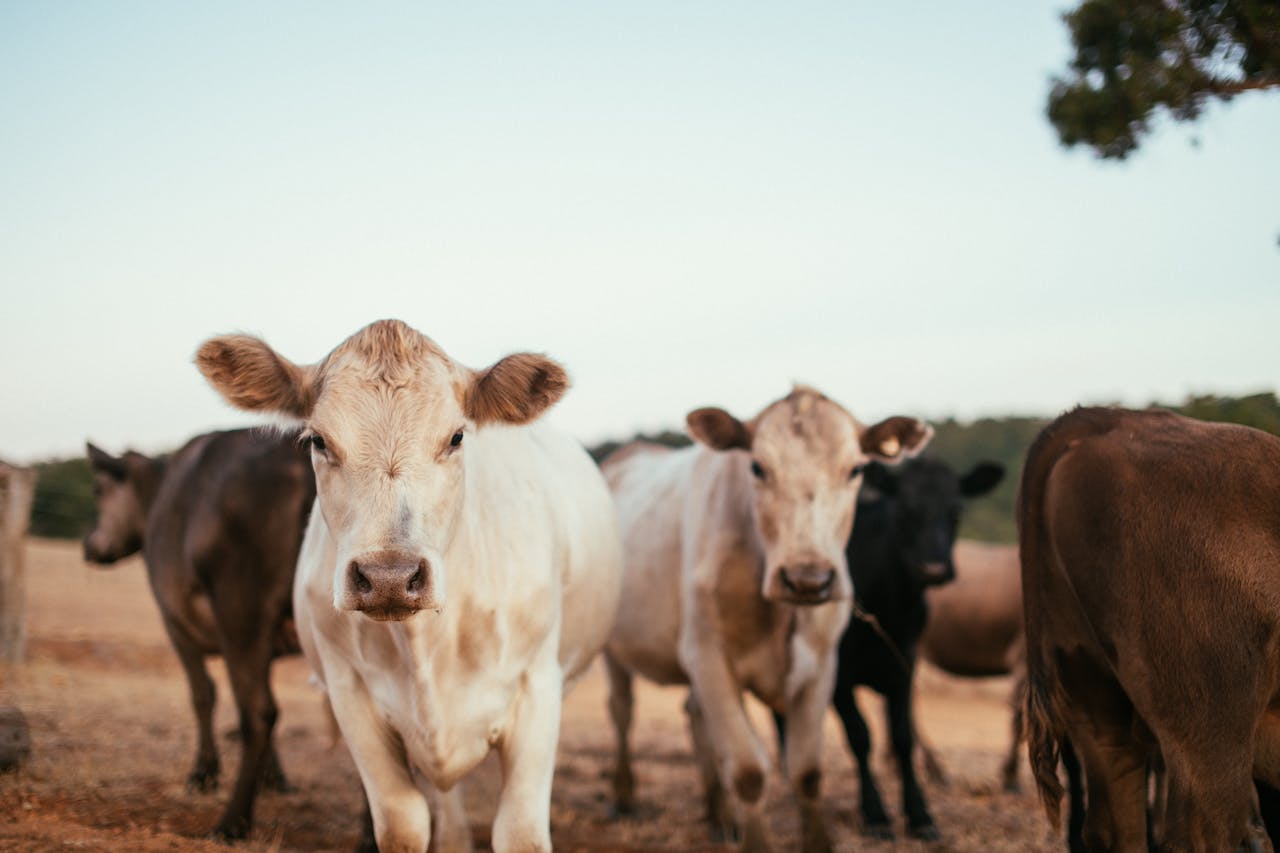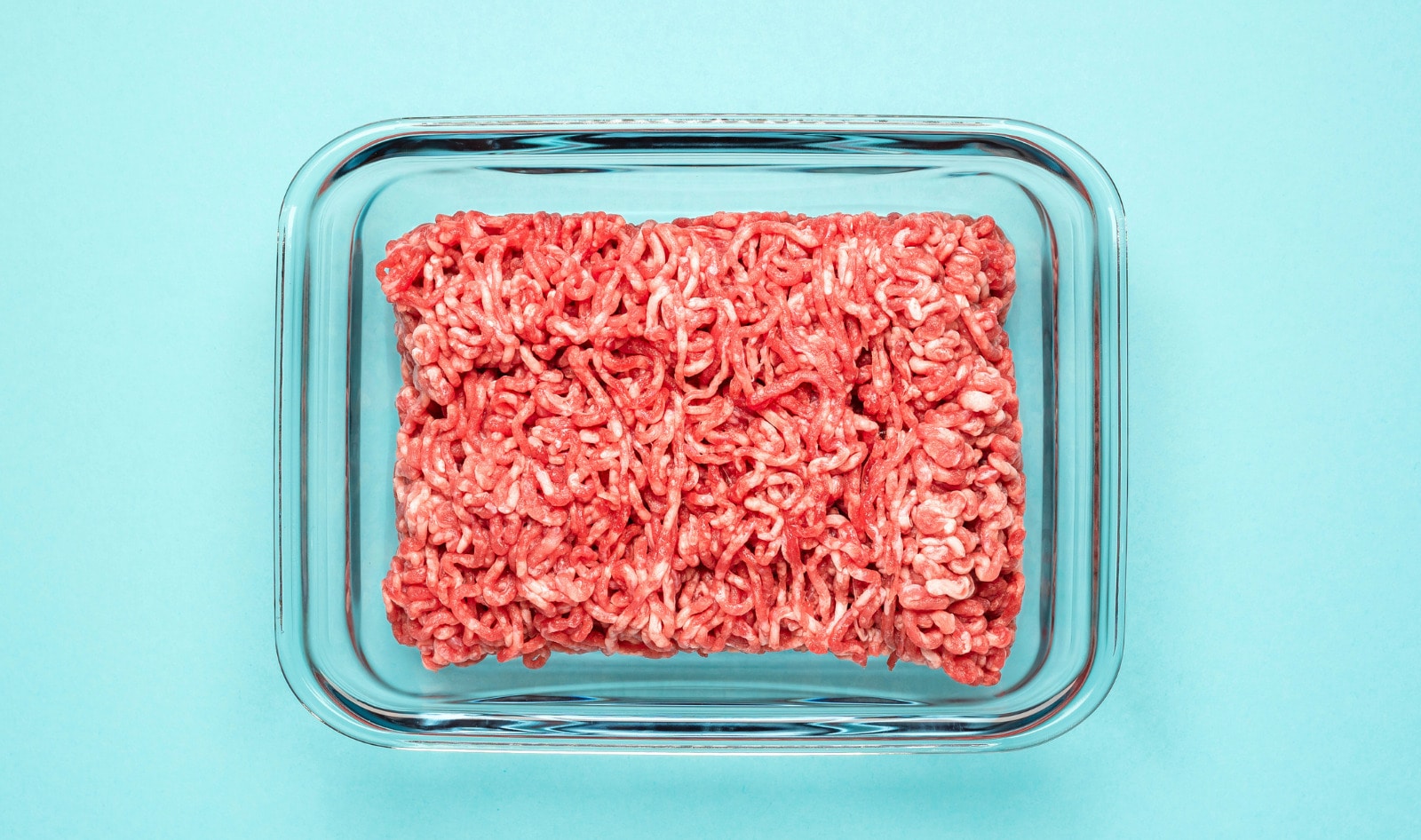The cost of groceries in the US is rising, and among the worst-affected products is beef. In August, ground beef hit a record price of $6.32 per pound. That’s nearly a 14 percent increase since 2024, and about 60 percent higher than in 2021.
And yet, likely because of recent social media trends around high protein intake and the growing use of weight-loss drugs, customers are still paying up. “I don’t see anything really kind of slowing down this exceptional demand of animal protein in general,” Brian Earnest, lead animal protein economist at CoBank’s Knowledge Exchange research division, told Yahoo Finance.

This strong demand is one of the reasons prices keep climbing. After meatpacking plants were shut down amid COVID-19 outbreaks during the pandemic, cow populations haven’t recovered enough to meet today’s appetite for beef. Ongoing drought has also made it increasingly difficult to feed and water farmed animals.
The situation is further complicated by an outbreak of New World screwworm fly in Central American cattle, a key source of US beef imports. The number of animals affected by the flesh-eating parasite rose by more than 50 percent from mid-July to mid-August. The fly can cause a condition called myiasis, which is potentially fatal to both animals and humans.
A better solution? Get your protein from plants
Protein is the nutrient of the moment, and it has been for quite some time. On TikTok alone, #highprotein has more than 908,000 mentions, #protein has around 2.6 million, and #beef has 1.3 million.
But research suggests this obsession isn’t necessary for most people. For the majority of healthy adults, the recommendation is around 0.8 grams of protein per kilogram of body weight per day. “Athletes and people who are more physically active may need more protein, but for most people, exceeding 2 grams per kilogram is likely excessive,” Wan Na Chun, MPH, RD, CPT, and owner of the food blog One Pot Wellness, told VegNews.
Protein from plants can also be a healthier alternative to beef. Red meat is classified as a Group 2 carcinogen and has been linked to an increased risk of conditions such as heart disease and type 2 diabetes. In contrast, plant-based proteins—like tofu, beans, and legumes—are associated with a reduced risk of chronic disease thanks to additional nutrients like fiber and antioxidants.
“While the overall protein intake might be sufficient, it is very common for people to rely heavily on animal sources for protein,” Chun added. “This can lead to potential issues like consuming excess saturated fat and neglecting other essential nutrients like fiber found more readily in plant-based protein sources.”
Plant-based protein is also significantly more environmentally friendly. Beef is one of the leading drivers of deforestation and methane emissions, while plants have only a fraction of the environmental impact.
And another major advantage of plants? They’re far cheaper than beef. In July, a survey by the Physicians Committee for Responsible Medicine (PCRM) and Morning Consult found that 77 percent of people think food costs are too high, and 70 percent said they spend the most on meat.
 Pexels
Pexels
A separate 2024 study suggested that a whole-food, plant-based diet can save the average person around $600 per year.
“Meals built around whole or minimally processed plant foods—like beans, grains, tofu, and vegetables—are often far more affordable than meals centered on animal products like meat and dairy,” Xavier Toledo, a registered dietitian with PCRM, said in a statement. “Centering a plant-based diet on whole, minimally processed foods is one of the most effective ways to not only nourish your body, but also cut grocery costs.”
For more plant-based stories like this, read:
JUMP TO ... Latest News | Recipes | Guides | Health | Subscribe









